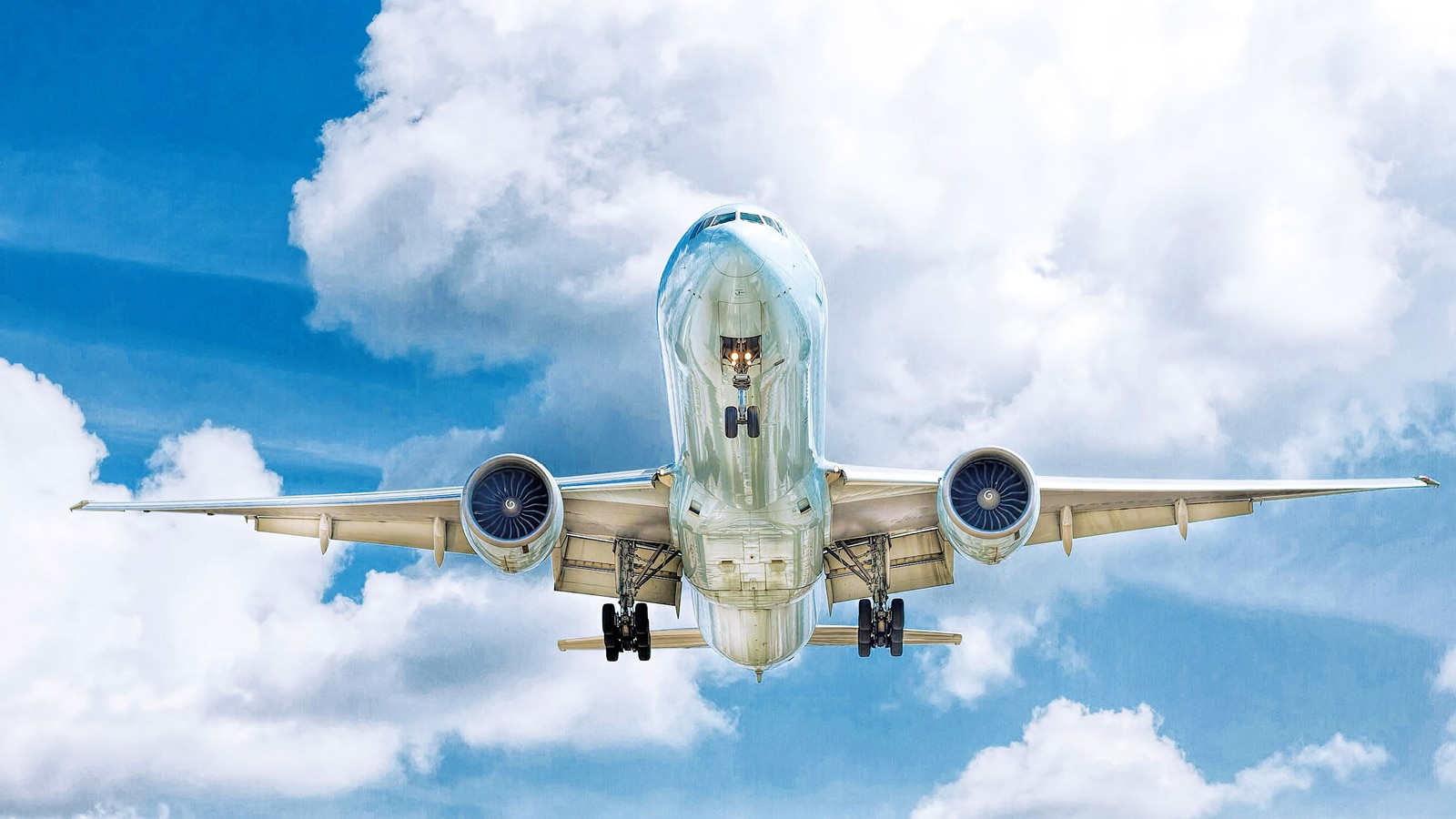2025 outlook
Our 2025 Aviation Industry Review and Outlook report highlights the commercial aviation sector’s recovery and future challenges. The industry, valued at $1.5 trillion, is crucial for global economic growth, social connectivity and globalisation.
Despite the severe impact of the COVID-19 pandemic, the demand for air travel and aircraft rebounded strongly in 2024. While airlines saw increased passenger traffic and cargo tonnage but faced higher non-fuel costs. Other key challenges also remain, including sustainability, supply chain disruptions and labour shortages.
The report discusses the role of lessors, OEMs’ delivery shortfalls and the environmental goals for net zero emissions by 2050. It also highlights the significant impact of supply chain disruptions on aircraft availability and the need for substantial capital to finance growth and infrastructure expansion.
What is ahead?
The outlook for 2025 is positive, with expected increases in aircraft deliveries and continued strong demand for air travel. The industry is poised to benefit from a robust global economy, lower fuel prices and reduced interest rates and inflation. However, potential headwinds include continued supply chain issues, geopolitical tensions and trade tariffs.
For comprehensive analysis of the current state and future prospects of the aviation industry, read the report in full below.








Menu